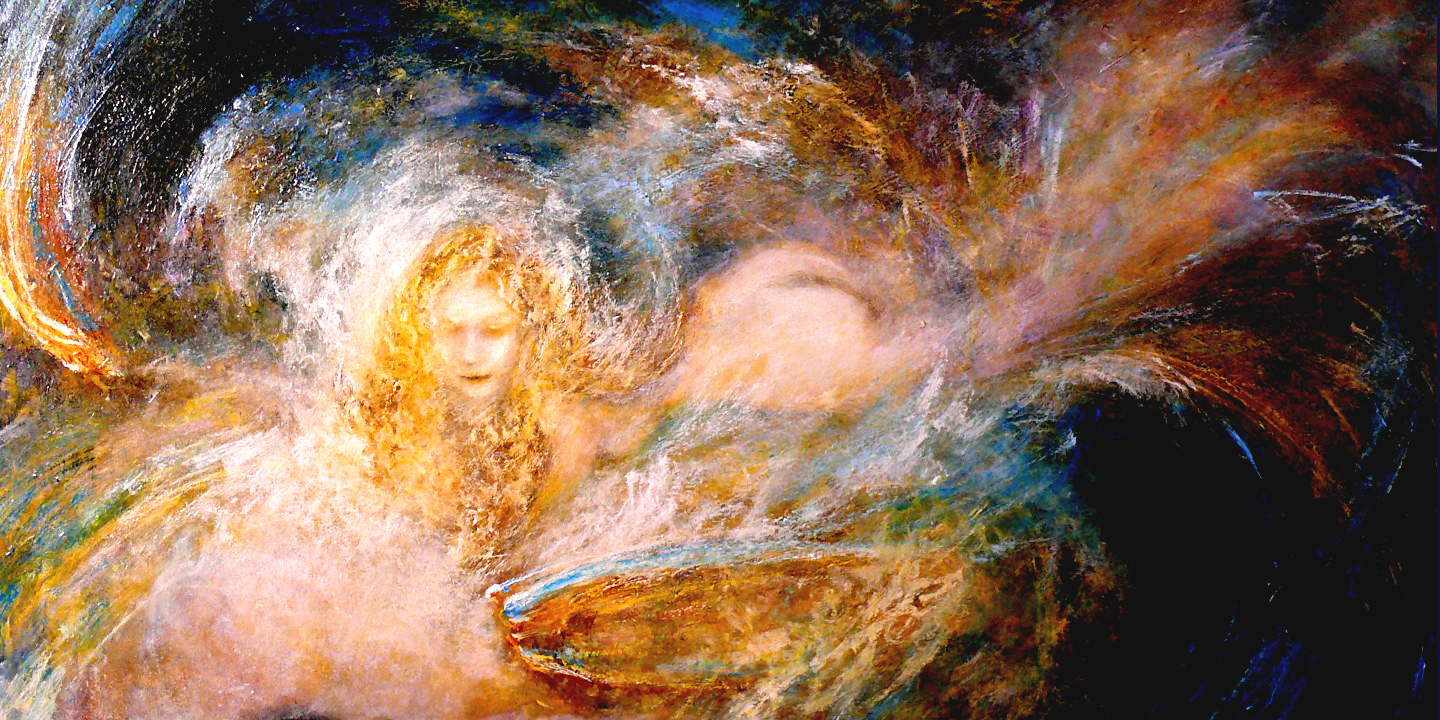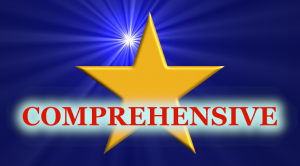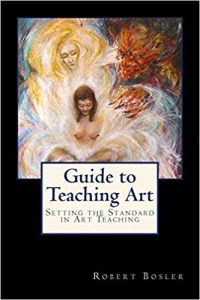- Why is are the courses so heavily discounted?
Two reasons. So that people who have never painted before or who are already painting and aren't achieving can express themselves in magnificent works of art, and to make it accessible as possible for them to do so.
- When does my course expire?
You have a full 6 months of access to a course. That's half a year!
You can sign in at any time to view the content of the course during that period.
How long does it take to complete a course? If your oil paint dries in a normal time, you can complete a course in about six weeks.
However, most people take their time to absorb what they're learning, and take eight weeks or so.
So we've added the extra time in case an artist wants to come back and check something with their paintings after they've completed the course.
- When does the 6 months period begin?
Your 6 months course access begins from the date you are enrolled.
- For how long will these courses be discounted?
Hopefully in perpetuity. Both the Budget Price Course and the Comprehensive Course could be priced much more expensively, especially in comparison with what else is on offer in the marketplace.
However, to do so defeats our main purpose which is to strip elitism from the creative process, and to provide as many people as possible the opportunity to get the best.
We do not have any intention of providing these courses at a more expensive price.
- Do I have to buy art materials?
Only if you want to paint!
The courses are created and presented by an artist so every consideration has been included to save you money. This means you will receive maximum benefit from minimum materials cost.
Each Advanced Techniques Course contains all the information you need to not only save money on materials, but also to make some of the art materials yourself.
Only ten tubes (different colors) of paint are used in learning the advanced techniques -- and you don't even need that to complete the course successfully. It is possible to successfully complete the course with six.
The only requirement is that the paint you use is Professional Quality because the techniques may not work with inferior quality paint.
- Is it safe to purchase a course?
Definitely.
Course checkout is provided by the trusted Thinkific checkout system - which uses your choice of either PayPal or Stripe at the checkout, also giving you secure protection.
Thinkific is based in Canada and is one of the premier online course hosting companies, trusted by over 50,000 active users.
- How is a course presented? How does an online art course work?
Through videos and text. Mostly videos - there are tons of video tuition and information on advanced oil painting provided in separate videos. These videos are already configured to stream on your device. (A desktop or good sized tablet is recommended if you are serious about learning from them.)
The courses are provided in the form of Chapters (like a module) and then giving the lessons within those chapters.
It's a terrific system. Once you've enrolled, simply click on the first Chapter and first Lesson (it's pretty obvious because it says "Welcome") and then the system leads you through the course. You can skip ahead, or go back, to a previous lesson whenever you wish. But if you let the system present the next lesson you don't have to do anything, just click continue when you're ready to go to the next lesson. It's all very well laid out.We have a video on each of the course Information Pages which shows you how the inside of a course works.
- What does "enrolment" involve? How do I get enrolled?
It is all done instantly and automatically.
By "enrolling" you are simply creating an account, which is the usual industry procedure of gaining access to online services.
Once you have gone through the checkout process, you'll be automatically enrolled and inside in the course of your choice.
You'll also receive your enrollment details by email, such as username and login, to keep.
You will need a valid email address.
Your course is hosted on specialised Thinkific internet servers, which is especially designed to provide the smoothest and safest course technology, and the best quality video streaming.
Please check your Spam Folder in your email if you haven't seen your course enrollment details in your inbox.
You can change your login details inside your dashboard.
- Not about the course - but what is the Header image?
That's part of a large painting that the Instructor created, using advanced oil painting techniques.
The painting depicts the spirit of a girl flying off to sleep, looking back down on her physical body, surrounded in the moment by "sleep" energy.
Advanced Oil Painting Techniques






